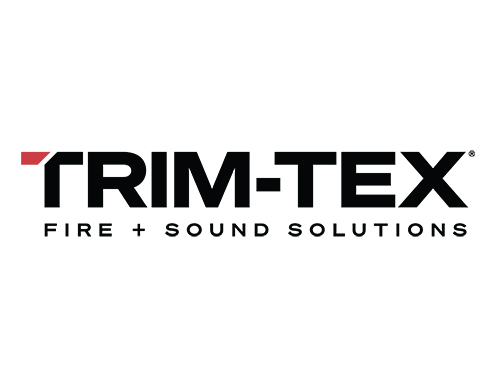It’s a common human reaction; we turn to nature in uncertain times. Nature nurtures, as they say. With the 2020 global pandemic and the limited access to the outdoors it has meant for many, people are looking at their surroundings with new appreciation – and an increased desire for buildings that help them feel good as they spend more time indoors.
While we know that good architecture doesn’t guarantee good health, evidence is growing that a well-designed building can lead to an improved overall sense of well-being for occupants. And, since wood has a natural connection with nature, there is increasing evidence that wood can contribute to the well-being of building occupants when it is left where it can be seen and even smelled. This CEU explores the trend towards architecture designed to improve the well-being of building occupants.








